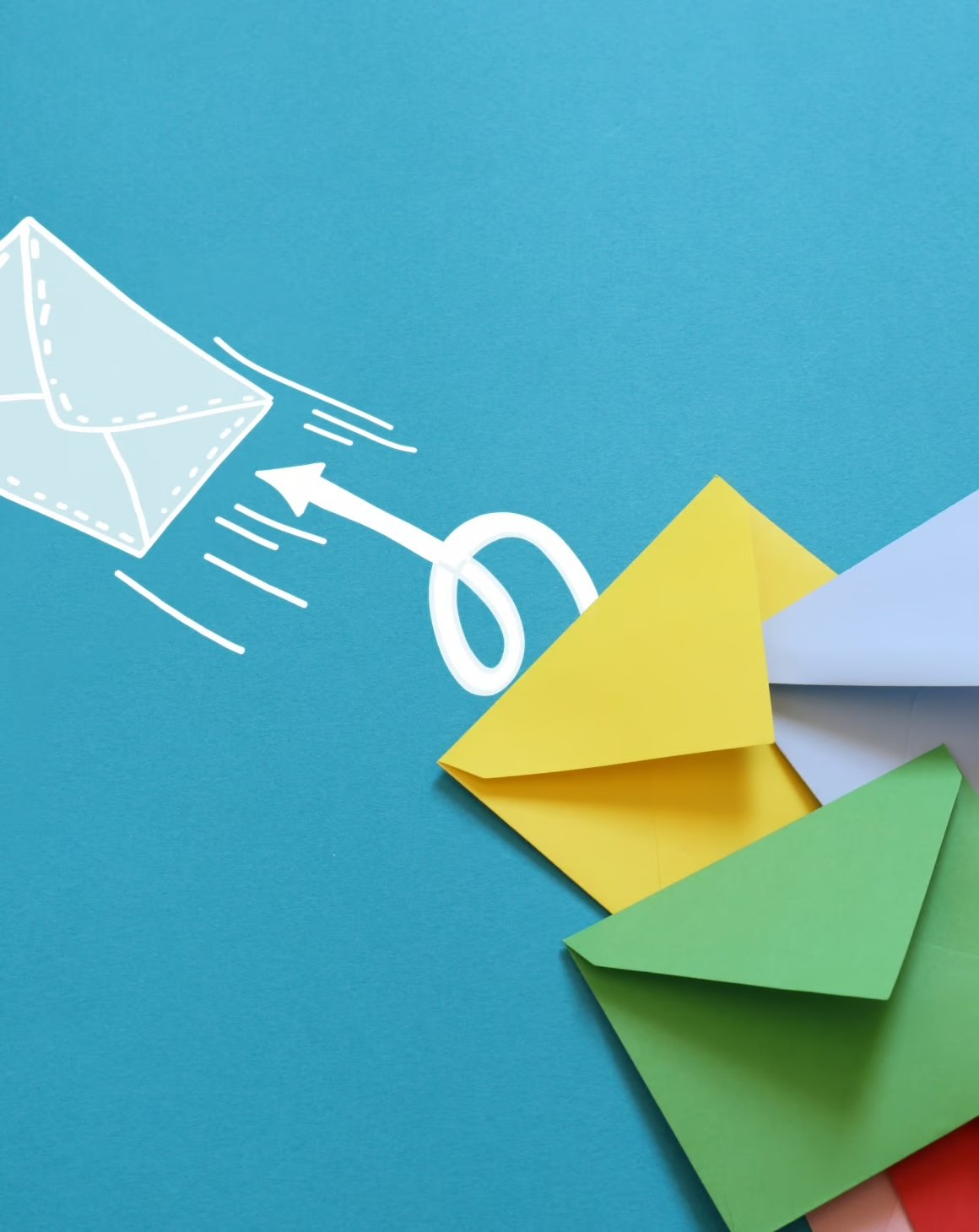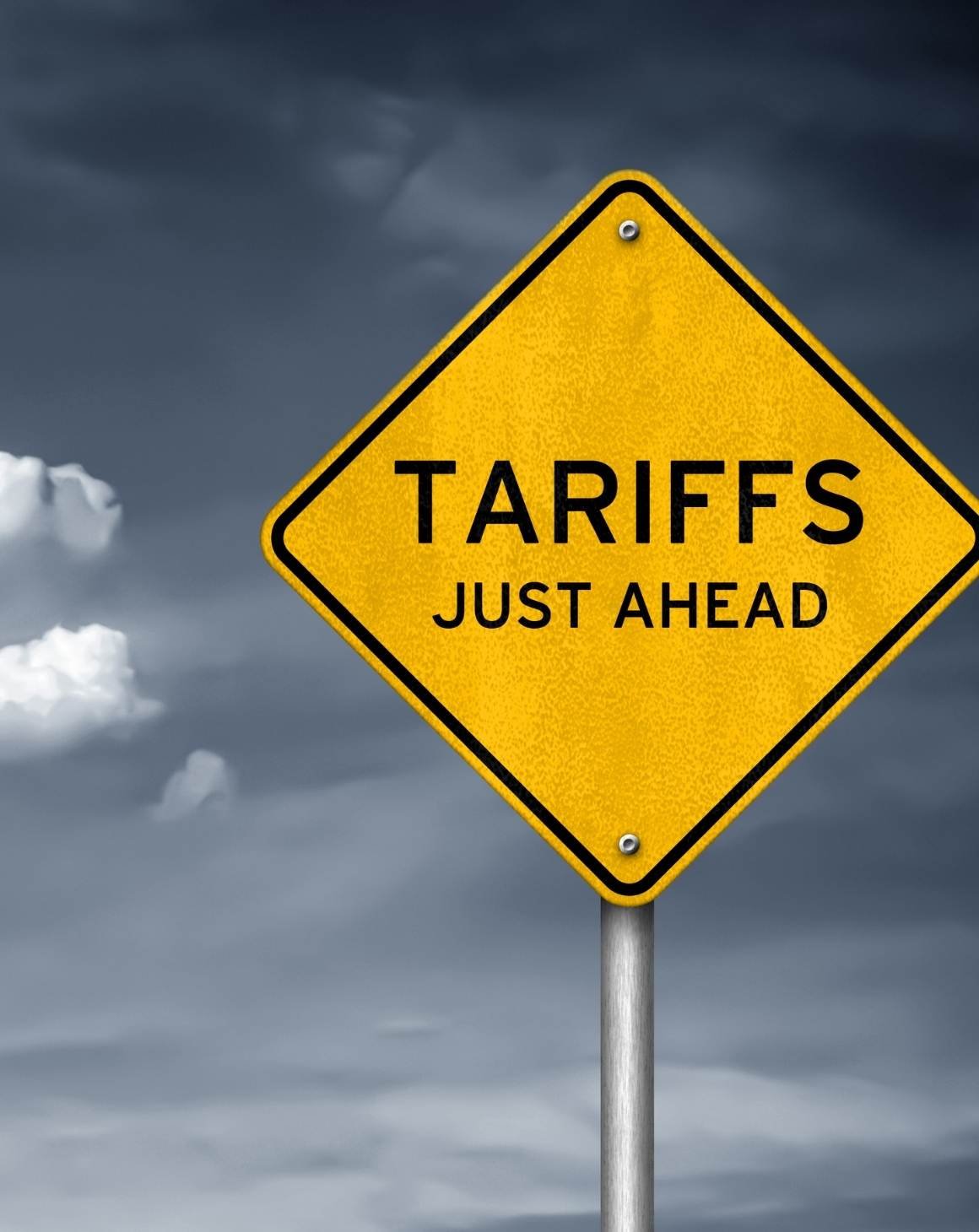When it comes to Prime Day, most brands turn their attention to Amazon Advertising. This is certainly a worthy and necessary effort, but it’s not the only way to promote the sales your brand runs during that two-day sale.
Many brands have turned to lifecycle marketing—email and SMS—to promote their products on Amazon, specifically around Prime Day. This two-day sale often accounts for a large portion of a brand’s yearly sales, so it’s important to have a solid strategy in place.
Why Lifecycle Marketing
Email and SMS marketing have been staples in DTC marketing for years, promoting new products, advertising upcoming sales, and decreasing cart abandonment.
Now, brands are using lifecycle marketing to drive traffic during Prime Days to their Amazon Store in order to increase sales and build a dedicated fanbase.
Some in your organization may be hesitant to drive sales directly to Amazon because of the lower profit margin, but creating a comprehensive omni-channel strategy is key to holistically growing your brand.
Our Recommendations
Lisa has provided a few key recommendations for brands to keep in mind throughout the Prime Day promotional period.
- If you’re already selling on Amazon, send your subscribers there to shop as it’s most likely the platform they’ll be focused on. Your links should lead to Amazon and your copy should clearly reference Prime Day.
- If you’re not selling on Amazon, know that retailers have launched competing shopping promotions since the beginning of Prime Day. Highlight deals your contacts would appreciate and layout in your email what’s in it for them (free shipping, deep discount, product features, exclusives, etc).
- Don’t use any Amazon trademarks (Prime Day, Prime, etc.) in your email if they’re not leading directly to Amazon.com.
Prime Day Email and SMS Strategy
Creating a strategy around lifecycle marketing for Prime Day is an important part of an omni-channel approach. With the right cadence and topics, you could see great success!
Our experts have created a sample cadence for brands to follow. Feel free to adjust to make it fit your brand’s specific goals!
Pre–Prime Day
“Leading up to Prime Day, amp up your audience with details via email,” says Lisa. “Focus on email quality, not quantity.”
A few days before Prime Day, send an email to your list announcing the products you’ll be discounting on Prime Day. Feel free to format this similarly as you would any other pre-sale email—listing percent discounts, slashing old prices, and linking to product pages.
One common habit many Prime users have is to stock their cart with items they want to purchase on Prime Day before the sale, so they’re ready to purchase once the sale kicks off. Sending this email and linking to individual Product Detail Pages allows customers to easily add your items to their cart, priming them to purchase.
Lisa offers this tip for subject lines: “Consider what information would be most valuable to your contacts. Keep your subject lines and content simple and straightforward. Subject lines such as ‘Unique Prime Day deals – Amazon Exclusives’ will drive more value on one of the busiest shopping days of the year.”
On Prime Day
Once Prime Day starts, it’s go time! Send out another email when the sale starts, once again linking to Product Detail Pages or your Amazon Store. If you have any lightning deals happening, share those as well.
Also send out an SMS when Prime Day begins, linking to your Amazon Store — since it’s best practice to only send one link per SMS. Keep it short, detailing an overall discount or naming a few buzzy products.
Post–Prime Day
After Prime Day, follow up with non-purchasers via email and SMS to encourage them to purchase, even though the items aren’t on sale anymore. You’d be surprised how many people will still purchase at full price!
Want to let the experts handle your lifecycle marketing efforts for Prime Day? Reach out to our lifecycle marketing team to schedule a free consultation!








.png)
.png)
